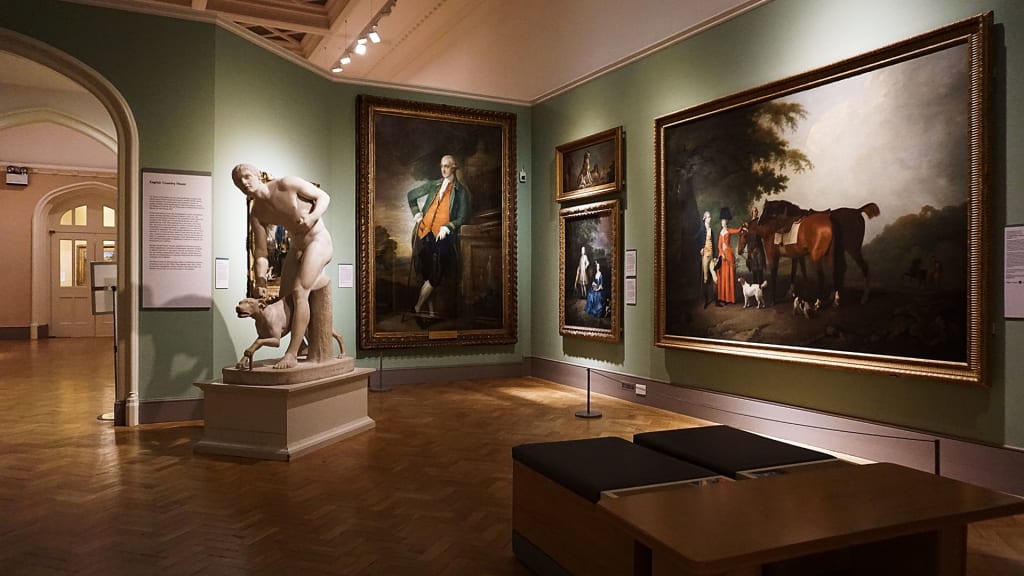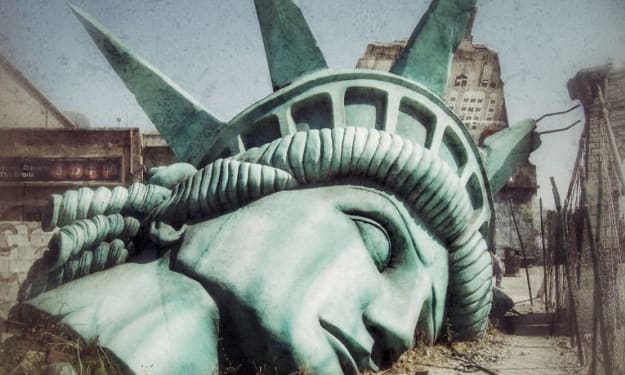The Lifelong Legacy
Smithsonian Natural History Museum's Timeless Quest for Knowledge through Specimen Preservation

Introduction
Within the hallowed halls of the Smithsonian Natural History Museum, an unspoken narrative unfolds – a tale of preservation, discovery, and a commitment to unraveling the secrets of the natural world. With a staggering collection of over 600,000 bird specimens spanning the last two centuries, the museum stands as a living testament to the dedicated work of specialists who meticulously preserve these delicate avian treasures. These specimens, often tucked away from public view, play a pivotal role in groundbreaking research, from understanding the impact of airplane collisions to unraveling the nuances of evolutionary adaptations. Join us as we delve into the captivating journey of specimen preservation and the profound impact it holds for generations to come.
Guardians of History: The Need for Preservation
The question arises – why invest boundless effort into perfectly preserving these avian specimens? The answer lies in the realm of scientific research. These preserved birds serve as an invaluable resource, offering critical insights into a myriad of questions that continue to pique the curiosity of researchers. Whether it's unraveling the mysteries of bird-airplane collisions or deciphering the evolutionary changes within species, these specimens are a vital piece of the puzzle that allows us to peer into the past and make informed decisions for the future.
The Art of Preservation: From Acquisition to Exhibition
The journey begins with the acquisition of these avian treasures, often donated by individuals, organizations, or even historical figures. For instance, an ostrich sent as a gift by King Mendelek to President Roosevelt finds its home among these preserved wonders. Each specimen, regardless of origin, embarks on a meticulous preservation process, transforming it into a timeless artifact.
The Preservation Dance: A Glimpse Behind the Scenes
In the expert hands of museum specialists like Christina and Brian, the preservation process unfolds. The specimen, in this case, a Cooper's hawk, undergoes a meticulous transformation. Thawed, weighed, and measured, the bird's skin is delicately separated from the muscle and fat, a process that requires patience and precision. The goal? To create a dried specimen that maintains its anatomical integrity for centuries to come.
The Expert Touch: Preserving for Posterity
The preservation process is an art that requires a delicate touch. Brian's hands, gentle and experienced, guide the skin removal process, ensuring that no damage is inflicted. The importance of removing all fat and tissue becomes apparent – these specimens are designed to stand the test of time. The artistry continues with the recreation of the bird's original shape using cotton, followed by the meticulous arrangement of feathers to preserve its natural appearance.
Into the Future: Unraveling the Secrets
Each meticulously preserved bird becomes a testament to the power of preservation. While some specimens find their way into exhibits like the upcoming "Lights Out" exhibit, which focuses on birds that collide with skyscraper windows, others are integral to a wide range of research endeavors. Scientists like Lauren and Joshua explore the changing dynamics of mating between domestic and wild ducks, while Jim's feather identification lab helps adjust aircraft and prevent bird strikes.
Microcosms of Discovery: Hidden Stories
Within the museum's extensive collection lie stories waiting to be discovered. The separate wings collection, for instance, allows deeper analysis of feathers, shedding light on their intricate structures. Researchers like Gary unearth the secrets of avian microbiomes, revealing the fascinating adaptations of vultures to high radiation environments.
A Legacy of Exploration: Forging Ahead
As we peer into the future, the legacy of these preserved specimens remains unwavering. The preservation process that began centuries ago continues to contribute to our understanding of the natural world. Each bird's body, perfectly preserved, is a time capsule waiting to reveal its secrets to future generations. From deciphering DNA to understanding adaptations, the avian specimens stand as a testament to the boundless potential of scientific exploration.
Conclusion
The Smithsonian Natural History Museum's dedication to preserving avian specimens transcends the confines of time. With each meticulous preservation, a narrative unfolds – a narrative that enriches our understanding of the world around us. From unraveling the mysteries of bird behavior to impacting the future of aviation safety, these specimens are more than artifacts; they are the cornerstone of a scientific legacy that will continue to shape our understanding of the natural world for generations to come.





Comments
There are no comments for this story
Be the first to respond and start the conversation.